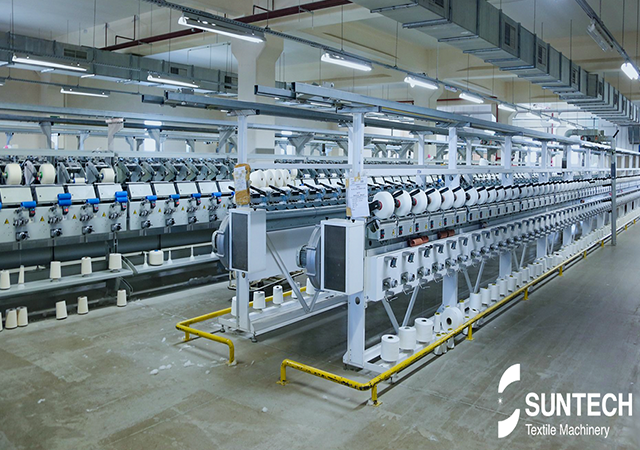The Middle East is increasingly becoming a significant market for textile exporters, particularly from countries like Bangladesh. Recent data indicates a substantial rise in demand for Bangladeshi-made garments in the region. For instance, garment exports to Saudi Arabia have surged by 58%, while exports to Turkey and the United Arab Emirates (UAE) have grown by 54% and 41.96%, respectively. This trend signals a promising opportunity for textile exporters to expand their presence in the Middle Eastern market.
Market Potential
The garment market in the oil-rich Middle East is estimated to be worth approximately $11 billion. However, Bangladesh, despite being the world's second-largest garment exporter, currently holds only a 4.7% share of this market, translating to $517.7 million in exports in the last fiscal year. The UAE alone imported $292.3 million worth of ready-made garments from Bangladesh, while Saudi Arabia imported $185.4 million.
Opportunities for Expansion
There is immense potential for growth in the Middle Eastern market, particularly for high-end clothing. The UAE, Saudi Arabia, Kuwait, Qatar, Oman, and Bahrain together constitute a market worth billions of dollars. However, Bangladesh's share remains below 5%, largely dominated by lower-priced garments. By targeting genuine Arab customers and catering to the demand for traditional and religious clothing, as well as high-end Western attire, textile exporters can tap into this lucrative market.
Challenges in the Middle Eastern Market
Despite the promising statistics, the actual scenario presents challenges. Many garments made in Bangladesh are sold in the Middle East under international brand names, often shipped through third parties or parent companies located outside Bangladesh. As a result, the financial benefits are often recorded in the brand's home country, not Bangladesh.
Moreover, the Middle Eastern market is heavily influenced by European and American brands, with little room for locally-developed brands. The region's high purchasing power is directed towards fashionable and branded products, which limits the direct market penetration of garments exported from countries like Bangladesh.

Strategic Actions Needed
To capitalize on the opportunities in the Middle Eastern market, a strategic approach is required. Governments, embassies, and trade missions need to be more proactive in promoting apparel exports. Research is essential to understand the specific demands of Middle Eastern consumers, and there should be increased monitoring and engagement with garment exporters. If these actions are implemented, the potential to create a $5 to $6 billion market for textile exports in the Middle East is within reach.
As the textile industry grapples with these challenges and opportunities, it is vital for stakeholders to keep a close eye on demand fluctuations, pricing dynamics, and geopolitical developments. Navigating the uncertainties will require strategic adaptation and agile supply chain management to maintain competitiveness and resilience.
Moreover, proactive collaboration across the industry's value chain can play a pivotal role in finding innovative solutions and mitigating risks. By fostering a shared commitment to sustainable practices and addressing emerging concerns, the global textile industry can build a more stable and prosperous future.
SUNTECH Textile Machinery offers a comprehensive range of products that cater to various fabric types. Our product lineup includes, but is not limited to, beam truck, fabric cutting machine, motorized beam trolley, beam storage, and fabric inspection machine. With our innovative approach and extensive experience, SUNTECH Textile Machinery remains at the forefront of the textile industry. We warmly welcome requests for quotes and cooperation opportunities from you!




